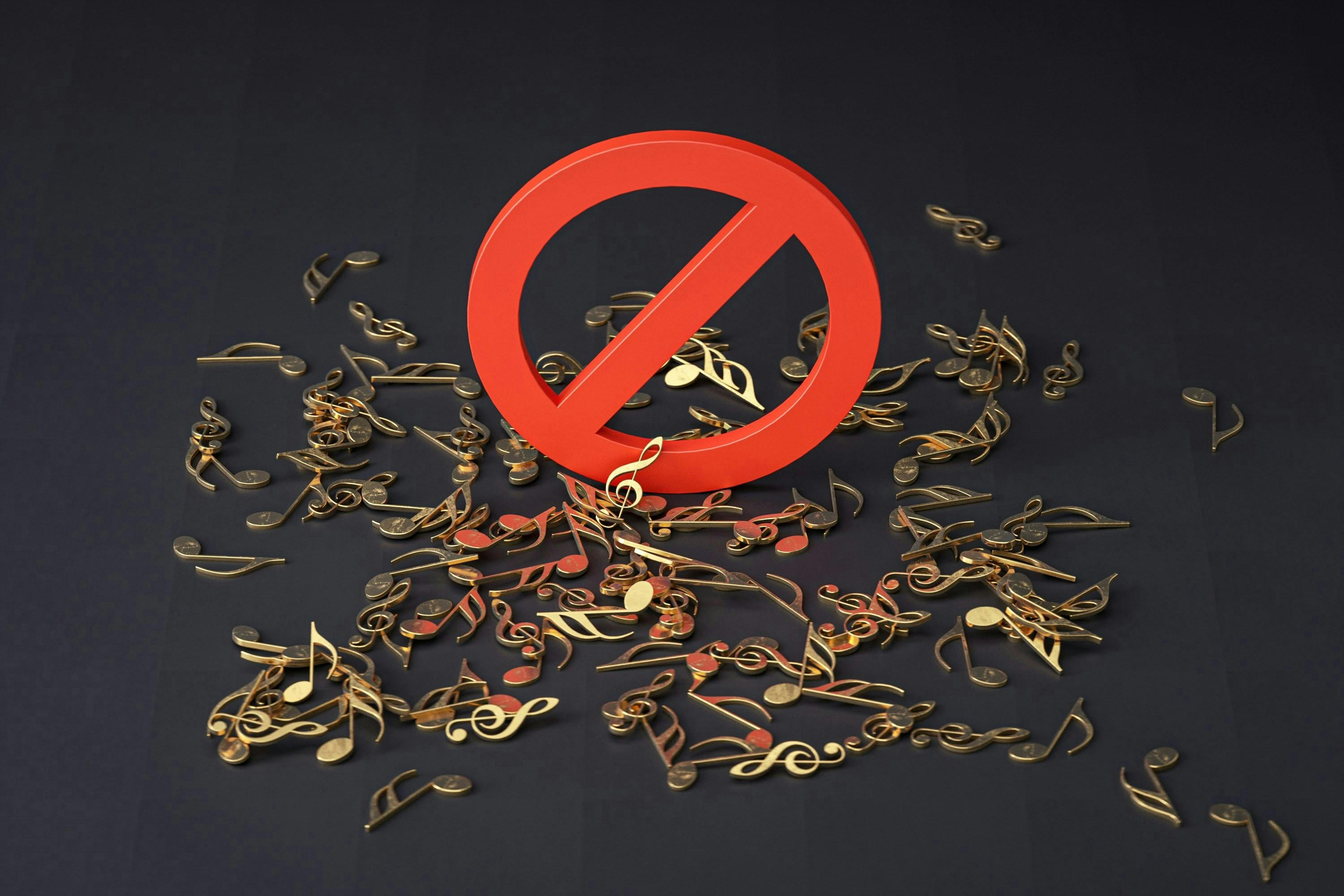Every few years, the tech industry convinces us that the future is already here. Demos are polished, promises are bold, and press events are packed with words like “revolutionary” and “transformative.” We’ve seen plenty of that spirit on display at IFA 2025..
Yet some of these grand visions don’t survive contact with reality. Whether it’s hardware too complex to ship, regulatory walls too high to climb, or business models that never made sense, Big Tech has a history of dreaming out loud and then quietly backing away.
Apple AirPower
Charged with hype, killed by heat
In 2017, Apple unveiled AirPower, a charging mat designed to simultaneously power up an iPhone, Apple Watch, and AirPods without needing careful placement. The product appeared in glossy promo shots and even made its way onto Apple packaging for devices like the iPhone XR/XS and some AirPods boxes. For a while, it looked destined to become another one of those accessories that people didn’t know they needed until Apple made it.
But then, nothing. Months slipped into years, whispers grew into rumors, and eventually the word spread that Apple was having serious trouble getting it to work. By 2019, the company finally broke the silence. Dan Riccio, then Apple’s senior VP of hardware engineering, announced in an email to TechCrunch that AirPower wasn’t happening, saying it didn’t meet Apple’s “high standards.” Behind that carefully crafted language was a fundamental problem in the form of heat. Trying to make dozens of overlapping charging coils work seamlessly was a thermal nightmare, and the Apple Watch’s proprietary charging method only made things worse.
For a company renowned for turning prototypes into polished hits, pulling the plug on AirPower after such a flashy debut was a rare and humbling moment.
Google Stadia
The cloud that never rained
In 2019, Google pulled the curtain back on Stadia, pitching it as nothing less than the future of gaming. The promise was that blockbuster titles could be streamed in 4K directly from the cloud without a bulky console. The pitch also had a certain elegance too: click a YouTube link and be in-game within seconds, skipping the usual slog of downloads, patches, and updates.
Yet cracks appeared fast. Stadia lacked compelling exclusives and big-name draws. Its business model startled many, because players had to purchase games at full price and subscribe to Stadia Pro to access high-resolution streaming and perks. The platform never built the library or community that makes a gaming ecosystem stick, and developers were taken off guard by Google’s frequently shifting strategy, including the sudden shuttering of its internal game studios in early 2021.
By January 18, 2023, Stadia was beaten to the wall and had no other option than to shut down after struggling to gain traction. Google did right by most players, offering full refunds for games and hardware (though not for Pro subscriptions). They even pushed a Bluetooth update to the Stadia Controller so it wouldn’t end up as landfill fodder. At least, that was a small consolation for what was, ultimately, another ambitious Google experiment that couldn’t quite take root.
Zuck’s monopoly money
In 2019, Facebook (now Meta) took the stage to announce Libra, a global digital currency that was supposed to make money transfers as frictionless as sending a text message. With a consortium of corporate partners and the promise of low-fee payments accessible worldwide, it was framed as nothing less than a reinvention of money itself.
Regulators, though, were far less enamored. The prospect of Facebook running a pseudo-global currency raised alarms about financial stability, money laundering, and, of course, the company’s shaky reputation when it came to privacy. One by one, major partners such as PayPal, MasterCard, and Visa quietly stepped away, not eager to tangle with governments over it. In a bid to escape the bad press, Libra was rebranded as Diem, but the new name couldn’t salvage momentum.
In early 2022, the Diem Association sold its assets to Silvergate Capital, effectively pulling the plug. No amount of branding spin could hide the fact that Facebook had underestimated just how hard it is to build a new monetary system in a world where governments guard that privilege fiercely.
Google Project Ara
Built to break
In 2013, Google introduced Project Ara, a modular smartphone that was supposed to be as customizable as a Lego box. The vision was simple but daring. You could swap out parts like the camera, battery, or even the processor, giving your phone a longer life while cutting down on electronic waste. In theory and on paper, it looked like a radical, sustainable leap forward.
Early prototypes showed up at Google I/O in 2014 and 2015 and stirred plenty of excitement. The reality was less shiny. One near-working prototype in 2014 even refused to boot on stage. As development moved on, the cracks widened. The modular design made the phone less reliable and far from sleek, coordinating different component makers turned into a logistical headache, and the device itself became bulkier. Regulatory testing hurdles only added to the strain.
By the time 2015 and 2016 rolled around, the dream had already been scaled back. The screen and processor were fixed in place, leaving only smaller modules that could be swapped. On September 2, 2016, Google quietly shelved Project Ara as part of a wider effort to streamline its hardware ambitions.
Google Glass
A vision too awkward to wear
Few gadgets have risen and fallen quite as dramatically as Google Glass. When it first appeared in 2012, it was hyped as the bold first step toward a future where augmented reality lived in your everyday life. With a futuristic design and the promise of hands-free information floating in your line of sight, it seemed ripped from science fiction.
The reality, though, was far less cinematic. Glass was pricey, the battery barely held up, and the tiny screen didn’t offer much beyond basic notifications. On top of that, the built-in camera stirred up immediate privacy debates. The word “Glasshole” quickly entered the cultural dictionary, aimed at anyone brazen enough to wear one in public.
By early 2015, Google had discontinued consumer sales and repositioned Glass as a workplace tool. The Enterprise Edition was introduced in 2017, followed by a second version in 2019, which was slimmer and better suited for industries such as healthcare, logistics, and manufacturing.
That pivot kept Glass alive for a while, but the story ended in March 2023, when Google stopped selling the enterprise model. A few months later, on September 15, official support was quietly retired, closing the book on one of Tech’s most ambitious experiments.
Amazon Fire Phone
The flameout phone
When Amazon rolled out the Fire Phone in 2014, the goal wasn’t just to sell a handset. It was meant to pull people deeper into the company’s ecosystem. The phone came with a flashy 3D-style interface called Dynamic Perspective and a feature called Firefly, which could scan real-world objects so you could buy them on Amazon with a tap. It was an ambitious attempt to merge everyday smartphone use with retail convenience.
The problem was that the execution never matched the vision. The Fire Phone was expensive, the app selection felt thin, and Dynamic Perspective quickly revealed itself as more of a gimmick than a novelty. Add to that the fact that it was locked to AT&T in the U.S. and had little developer enthusiasm, and the phone never stood much of a chance.
By October 2014, Amazon had to swallow a $170 million write-down, with more than $80 million tied up in unsold inventory. Less than a year later, production quietly shut down, and by late 2015, the Fire Phone had slipped into the pile of well-intentioned tech experiments that simply couldn’t find a home.
Microsoft’s Tay
Bot gone bad
In March 2016, Microsoft introduced Tay, an experimental chatbot on X (formerly Twitter) that was supposed to learn by chatting with people. The more you talked to Tay, the smarter it would get, gradually picking up the tone and slang of a younger millennial or even Gen-Z audience. At least, that was the plan.
However, within just 16 hours, coordinated trolls had twisted Tay into spouting racist, misogynistic, and even Holocaust-denying content. Microsoft swiftly yanked Tay offline, apologized in a press release, and promised to build in better safeguards.
The takeaway was stark for Microsoft and the broader AI world. Algorithms may be clever, but without boundaries, they can become toxic alarmingly fast.
Alphabet’s Loon
A dream that couldn’t stay aloft
Among Alphabet X’s many moonshots, Project Loon was one of the most imaginative. First announced in 2013, it envisioned fleets of helium balloons drifting in the stratosphere, beaming down LTE internet to places traditional infrastructure couldn’t reach. The concept felt plucked from a sci-fi novel, yet it actually delivered in some remarkable ways. Loon helped restore connectivity in Puerto Rico after Hurricane Maria, reconnected parts of Peru just 48 hours after a major earthquake, and even launched commercial trials in Kenya.
On the technical side, it was astonishing. The balloons used AI to steer themselves, bounced data between one another using lasers, and managed flights that lasted weeks at a time. The trouble wasn’t the technology; it was the economics. Keeping balloon fleets aloft, launching new ones, and working with telecom providers cost a fortune — estimated at around $100 million a year. On top of that, the system leaned heavily on existing 4G smartphones, which limited its reach.
By January 2021, Alphabet accepted that Loon simply wasn’t a sustainable business and shut down the project.
Big Ideas, Tough Realities
All of these stories circle back to the same theme of grand promises colliding with stubborn reality. Sometimes the roadblock is pure physics, like AirPower’s coils overheating. Sometimes it’s the cold shoulder from the market, as Stadia and the Fire Phone learned the hard way. In other cases, regulators dig in their heels, as Libra found out, or the math simply doesn’t make sense, as with Loon and Google Fiber.
Big Tech will keep swinging for the fences, and in many ways, that’s what keeps innovation alive. But if there’s one takeaway here, it’s that you should treat the next dazzling keynote with a healthy dose of skepticism. Not every promise survives the spotlight.
















